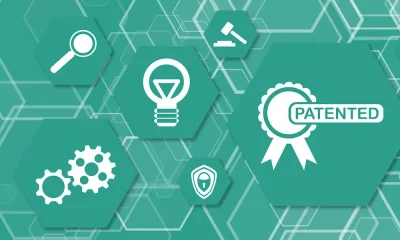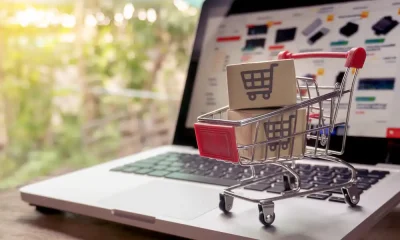Management
8 Tips To Reduce Waste And Recycle More

Recycling and waste reduction in your business can improve your brand and sales. Customers do care about the environment and global warming. How your business communicates its recycling and waste management policies can improve its market share. In this business blog post, we look at what should be in your recycling and waste management policies and how you can share the strategies with your customers.
What information should be in your waste management policy?
Recycling is part of your waste management plan. To know what you can recycle, you need to account for all waste and how it is disposed of. The most common types of waste include paper, plastic, glass, metal, batteries, food, clothing, textiles, and electronics.
1. Track Your Waste
Today your business can use software to capture, store, analyze and report on your waste. There are many waste management systems, including:
- Track Flow
- Waste Logics
- Intelex
- RouteOptix
- WasteWORKS
2. Set Waste Reduction Goals
Collaborate with your suppliers and staff to create goals for reducing waste and recycling in every part of your business.
3. Make Waste Reduction Projects Fun
Include your employees in activities that improve education, learning about the environment, and the need to track the lifecycle of all waste the business generates.
4. Waste Audit
While this may seem an extreme measure, by getting your waste management audited regularly, you’ll be in a great position to celebrate and communicate your success in your marketing. Discerning customers want to know your business is reducing its carbon footprint through improved waste management processes.
5. Change your packaging
There are always opportunities to recycle more; one surefire way is to switch to recyclable packaging. Remove your use of plastics and use sustainable materials like paper or recycled materials. For example, Coca-Cola uses 100% recycled plastics for its bottles which can be continuously recycled.
6. Company Commitment
Your staff and customers will know you’re serious about reducing the business carbon footprint when you create a dedicated team for managing your waste reduction and recycling policy and plan. Communicate your environmental focus in your onboarding and invite guest speakers to company-wide events and team meetings.
7. Industry Certifications and Affiliations
Have you heard of greenwashing? It’s an unethical practice of using content to share false information about how environmentally a product or business is. Greenwashing in marketing is rife, and many companies get away with touting their commitment to sustainability when it’s not true.
Obtaining eco-friendly certifications can also prove you’re committed to long-term waste reduction and recycling. However, not all certifications are created equal. Plus joining an association is not proving your business is practicing what it preaches. Customers are doing more research before committing to a purchase, and if you’re greenwashing, it will taint your brand reputation.
8. Share Your Success
Once you have evidence of the good work your business has achieved with waste management, you can use it in your marketing. Start with adding the appropriate logos and content to your brand.
Example

For example, Patagonia has a self-imposed 1% Earth Tax plus it gives away 100% of its profits to save the planet – wow! Patagonia uses the B corporation logo, as do many of its loyal members.
Blog
Your business blog should have all your updates on how your commitment to sustainability, recycling and reducing waste is progressing. Mention your goals and when you’ve achieved them. Share stories about your staff volunteering locally to protect the environment. Even picking up trash is a feel-good story worthy of a blog post.
Social Media
Take a lot of photos and ideally also short video clips for your YouTube and TikTok channels.
Use all social media networks to spread the word about your environmentally-friendly stance. Join groups and follow pages that share similar content. the content your business is sharing about its waste reduction is not promotional – it’s informational so avoid selling. Let your customers find your content and from it they will decide to buy from you and become loyal customers.
Summing Up
Waste reduction and recycling can help businesses reduce costs and increase profits. It can also improve customer satisfaction and loyalty. The first step toward reducing waste is to understand where it comes from. This includes understanding the amount of waste your company generates and the type of waste produced.
Once you know where your waste comes from, you can start looking for ways to reduce it. You may need to change processes, equipment, or even products.
Create a waste reduction and recycling policy. Collaborate with suppliers and be inclusive with your customers and staff on rewarding initiatives to improve the environment and your brand.









